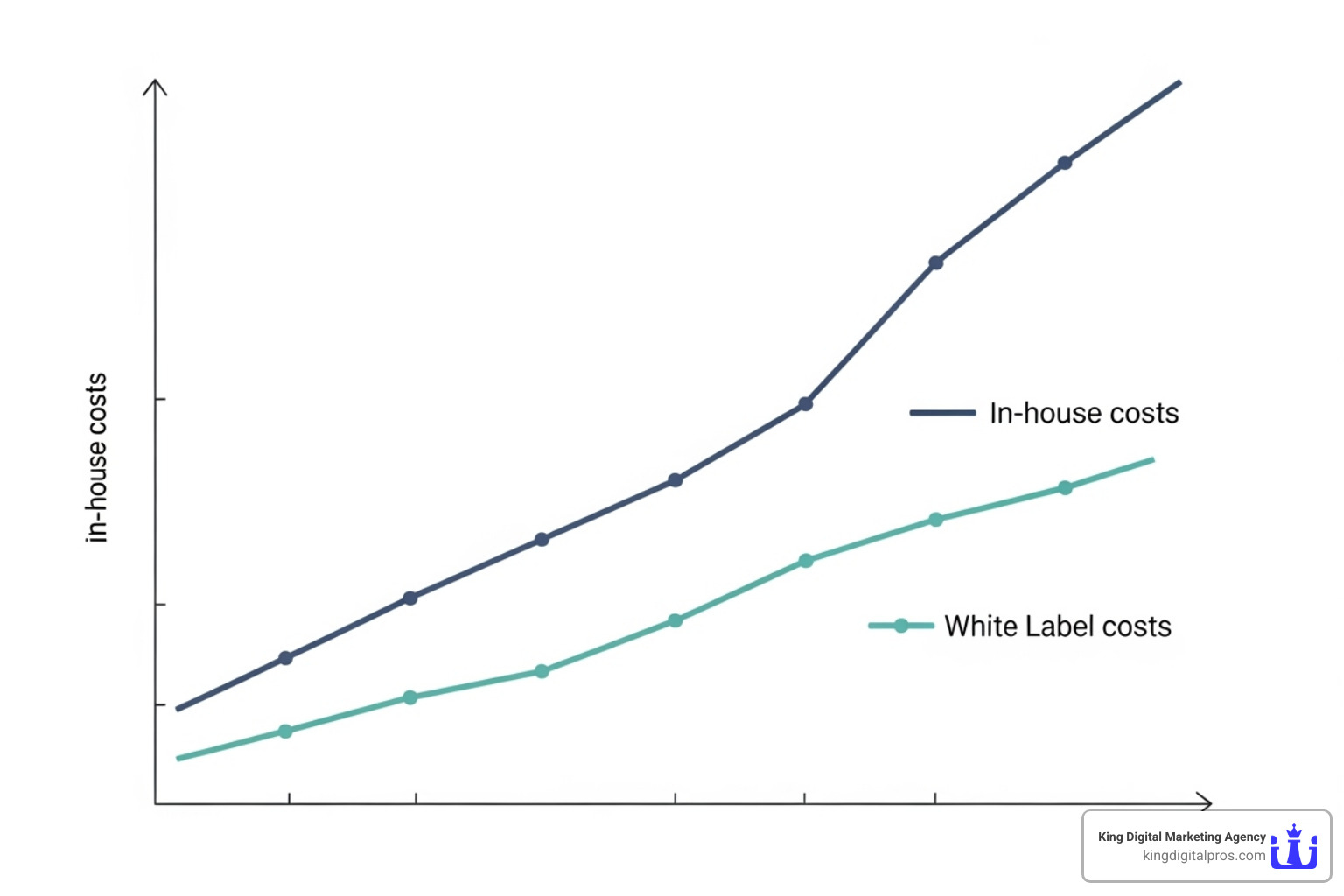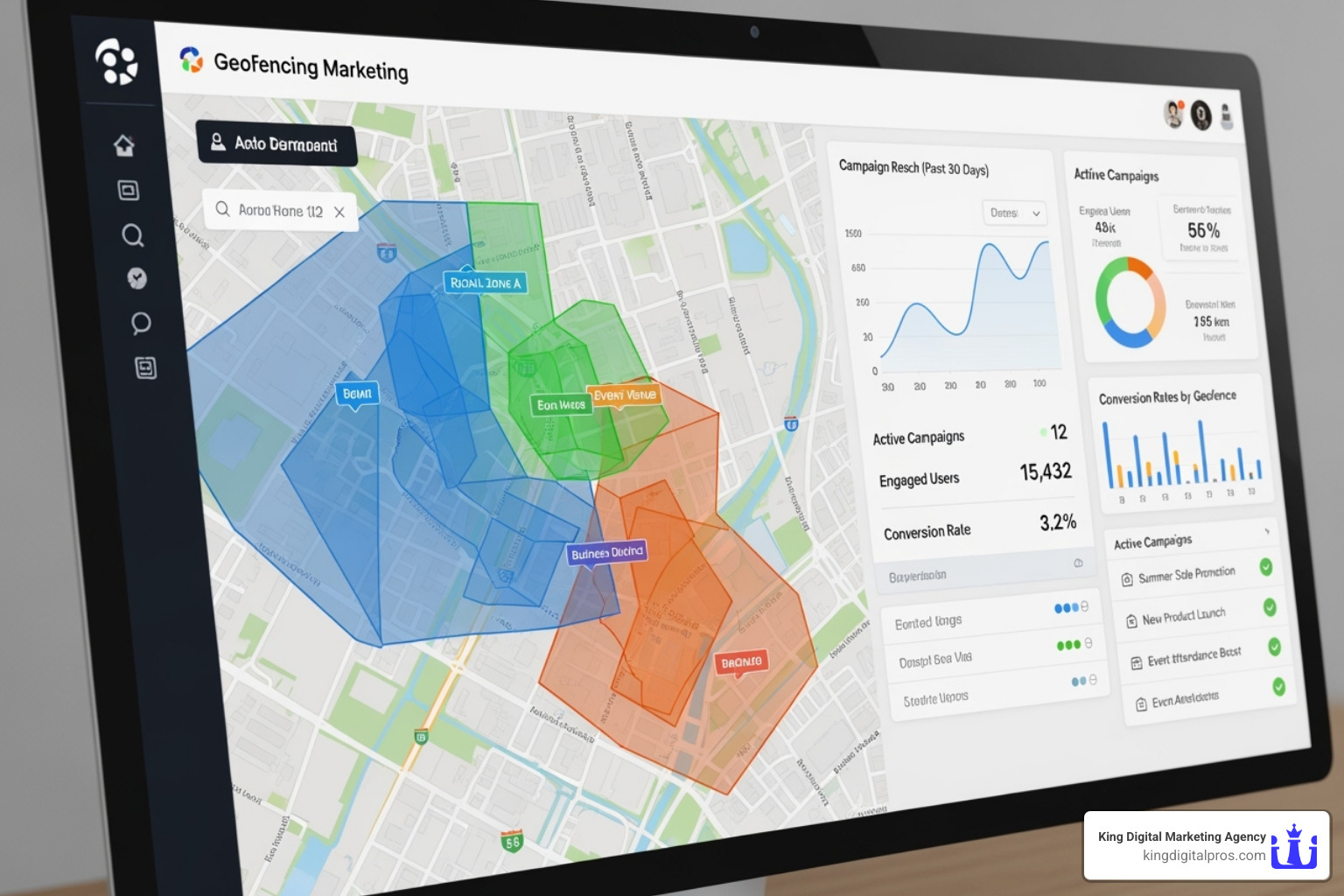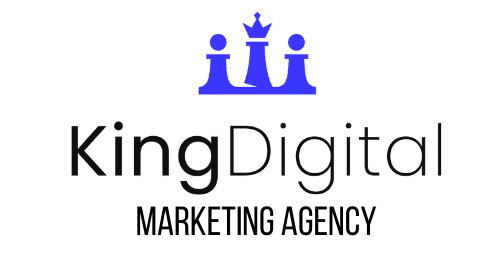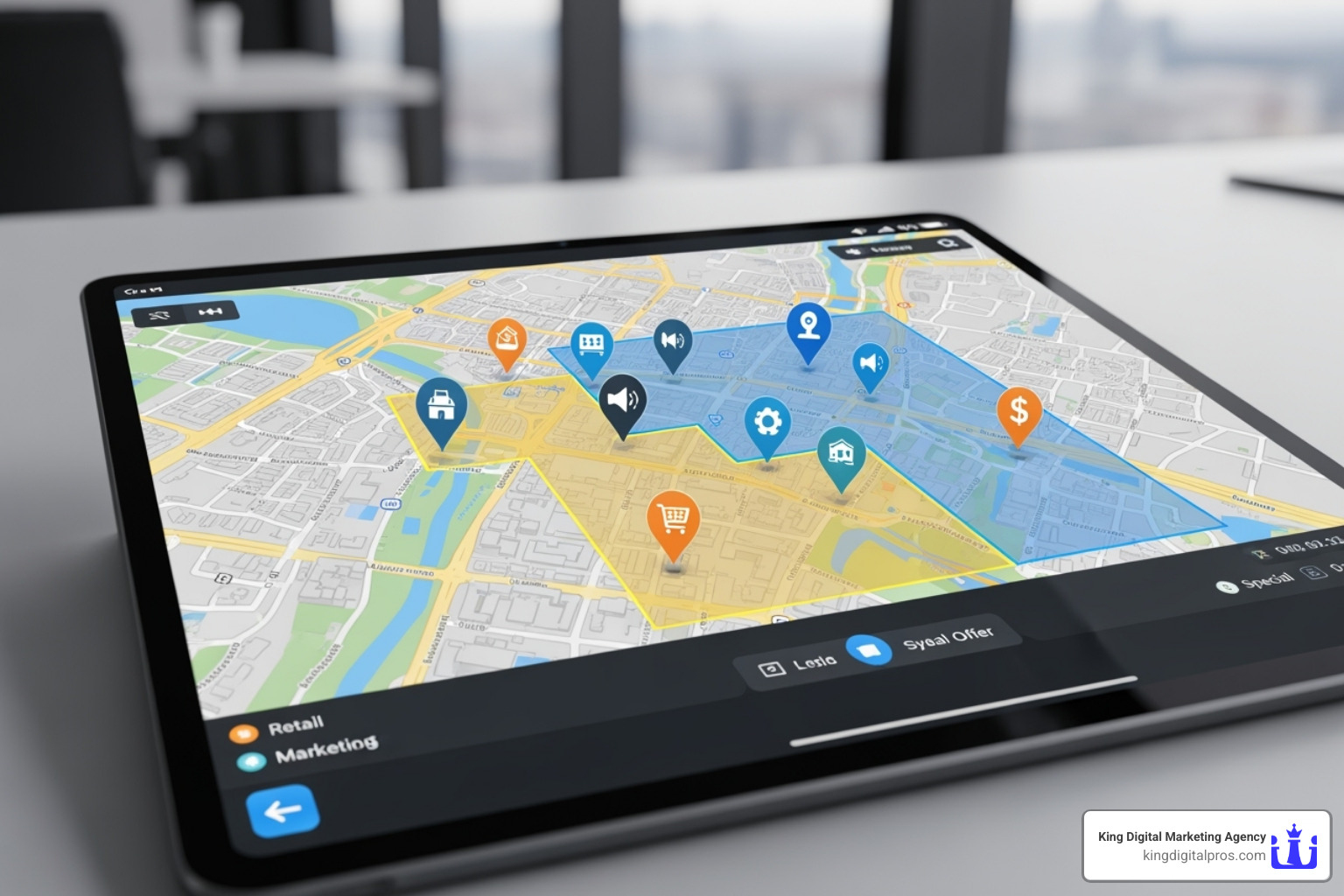Why Agencies Are Turning to White Label Geofencing Solutions
Whitelabel geofencing marketing software lets digital marketing agencies offer powerful location-based advertising under their own brand, bypassing the high costs and complexity of in-house development. This turnkey solution allows you to launch advanced services in days, not months, by rebranding a pre-built platform. You avoid development fees of 100,000 dollars or more, get full support and training, and maintain complete brand control.
The opportunity is significant. The average American spends 5.4 hours daily on their phone, and with 90% of users enabling location services, the audience is vast. Yet, only 22% of businesses fully leverage hyperlocal targeting, creating a massive gap for agencies to fill.
I’m Bernadette King, founder of King Digital Marketing Agency. I’ve seen how whitelabel geofencing marketing software empowers agencies to deliver sophisticated campaigns without the technical overhead. This guide will walk you through how the technology works and what to look for in a solution.

What is White Label Geofencing and Why Choose It Over In-House Development?
Whitelabel geofencing marketing software is a ready-made platform built by a tech company that your agency can rebrand and sell as its own. You add your logo and colors, and offer a sophisticated location-based advertising service without writing a single line of code. This partnership lets you focus on marketing strategy and client relationships while the provider handles the technical heavy lifting.
Developing an in-house platform is a massive undertaking, often costing hundreds of thousands of dollars in upfront development, plus ongoing expenses for maintenance, security, and support. While you’re busy building, your competitors are already winning clients. A white label solution offers a faster time-to-market, allowing you to generate revenue almost immediately. For a deeper dive into the basics, our Geofencing Marketing Meaning Guide is a great resource.
The Cost-Efficiency and Competitive Edge of White Labeling
Financially, white labeling is a smarter choice for most agencies. Instead of a crippling upfront investment, you pay a predictable subscription fee. This frees up capital for growth activities like sales and marketing. Your provider also covers all ongoing maintenance, server costs, and security updates, eliminating hidden expenses and ensuring the platform is always current.

This model gives you an instant competitive edge. You gain immediate access to enterprise-level technology that has been tested and refined. This allows you to offer advanced features that rival what the biggest brands use. With only 22% of businesses using hyperlocal targeting to its full potential, according to Statista, there is a huge market opportunity. By providing a proven solution, you position your agency as a strategic partner that can grow local business with innovative, data-driven strategies.
Core Features of Whitelabel Geofencing Marketing Software
Effective whitelabel geofencing marketing software is more than just drawing circles on a map; it’s a suite of tools for delivering hyper-targeted, measurable campaigns. This section details the essential features agencies should look for to deliver powerful client results.

Precision Targeting and Audience Segmentation
The power of geofencing lies in its precision. Look for platforms that offer:
- Polygon Geofencing: Draw custom shapes around specific locations like competitor stores or event venues for surgical accuracy.
- Addressable Geofencing: Target individual households and businesses by matching physical addresses to digital IDs, perfect for hyper-local campaigns.
- Audience Building and Retargeting: Collect device IDs of users who visit a geofenced area and continue to market to them even after they leave, reinforcing your message.
- Historical Geofencing (Geoframing): Target users who visited specific locations in the past (up to two years ago), such as attendees of a past conference or customers who visited a competitor during a sale.
These strategies are highly effective, as Pew Research Center notes that 90% of smartphone owners have location services turned on, providing a rich, consented data stream. Our Geofencing Marketing services leverage these tools for real-world results.
Robust Analytics and Performance Reporting
If you can’t measure it, you can’t prove its value. Quality software provides comprehensive analytics to demonstrate clear ROI. Key features include:
- Conversion Zone Tracking: Set up virtual zones around a client’s physical location to track how many ad viewers later visit the store. This directly links ad spend to foot traffic.
- Foot Traffic Attribution: Connect store visits to specific campaigns to understand which strategies are most effective.
- Standard Digital KPIs: Track click-through rates (CTR) and view-through rates (VTR) to measure ad engagement and effectiveness. The Interactive Advertising Bureau advises using both for a complete performance picture.
- Customizable, White-Labeled Dashboards: Provide clients with 24/7 access to real-time data, all branded with your agency’s logo for a professional, transparent experience.
Seamless Platform and Tool Integration
A powerful platform integrates with your existing marketing stack to create a unified workflow. Essential integrations include:
- API Access: Connect the geofencing platform with other software for smooth data exchange and automation.
- CRM Integration: Leverage customer data for personalized campaigns and feed geofencing insights back into your CRM for a 360-degree customer view.
- Email Marketing Platforms: Integrate with tools like Mailchimp to trigger automated emails based on location-based actions.
- Programmatic Ad Network: Ensure broad reach through connections to numerous Demand-Side Platforms (DSPs) and ad exchanges for efficient ad delivery across millions of apps and websites.
A Step-by-Step Guide to Implementing and Selling Your Geofencing Service
Successfully launching a whitelabel geofencing marketing software service requires a clear plan. This roadmap covers partner selection, marketing your new service, and navigating common challenges.
Choosing the Right Whitelabel Provider
Your white label partner is crucial to your success. Look for a true partnership, not just a vendor. Key evaluation criteria include:
- Features vs. Cost: Ensure the platform has essential features like polygon and addressable geofencing. Compare pricing models (per campaign, per impression, flat fee) to find one that aligns with your business goals.
- Training and Support: A great partner provides comprehensive onboarding, ongoing technical support, and sales enablement resources to help your team sell the service effectively.
- Proven Success: Review case studies from agencies similar to yours. Look for concrete metrics like foot traffic lift and ROI.
- Scalability: Choose a provider whose platform can handle everything from small local campaigns to large, multi-location deployments as your agency grows.
Marketing Your Geofencing Services
Once you have a partner, it’s time to go to market. Your provider should help you with:
- Sales Collateral: Leverage the re-brandable sales materials your partner provides, such as presentations, e-books, and proposal templates. This saves significant time and money.
- Pricing Models: Work with your partner to create competitive and profitable pricing tiers. Be transparent with clients about what their investment includes.
- Client Education: Geofencing is new to many business owners. Use the training and materials from your provider to educate prospects on how location-based marketing solves their specific problems.
- Industry-Specific Targeting: Focus your sales efforts on verticals where geofencing offers clear value, such as retail, automotive, and events. Tailoring your message makes you the go-to expert for a Digital Marketing Agency for Small Businesses.
Overcoming Common Challenges
With great power comes great responsibility. Address these challenges to run ethical and effective campaigns:
- Data Privacy and Consent: Compliance with regulations like GDPR and CCPA is non-negotiable. Your partner’s platform must have built-in tools for managing user consent and ensuring data is collected ethically. The FTC offers excellent business guidance on location-based services that we recommend following.
- Avoiding Intrusiveness: Use thoughtful frequency capping and deliver relevant, timely messages. The goal is to be helpful, not creepy. One valuable, well-timed ad is better than five intrusive ones.
- Ad Quality: Compelling creative is essential. A perfectly targeted campaign will fail with a poorly designed ad. Work with clients to create high-quality visuals and messaging.
- Managing Client Expectations: Be honest about timelines and potential results. Geofencing is not a magic bullet; it works best as part of a broader strategy. Set realistic goals and communicate transparently to build long-term trust.
Applications, Use Cases, and Future Trends
The versatility of whitelabel geofencing marketing software allows agencies to serve a diverse range of clients. Location-based marketing can be customized to meet specific business objectives across nearly any industry.

Proven Use Cases to Drive Client Results
Geofencing delivers tangible results across many sectors. Here are some of the most impactful applications:
- Retail and E-commerce: Drive foot traffic by sending timely offers to shoppers near a physical store or within specific departments.
- Automotive Dealerships: Target potential buyers visiting competitor lots and measure how many of them subsequently visit your client’s showroom.
- Event Marketing: Reach conference or trade show attendees with booth information and special offers, both during and after the event.
- Healthcare and Legal: Target specific demographics in service areas or reach individuals near hospitals or auto repair shops with relevant service information.
- Recruitment: Target employees at competitor locations or attendees at job fairs with career opportunities.
- Customer Loyalty: Reward repeat customers with exclusive offers when they visit, or re-engage lapsed customers.
These strategies are proven to help businesses Attract More Customers and achieve their marketing goals.
The Future of Location-Based Marketing
The future of whitelabel geofencing marketing software is exciting, with several key trends emerging:
- AI and Machine Learning: AI will enable predictive analytics for ad timing and automated campaign optimization, making campaigns smarter and more efficient.
- Hyper-Personalization: Campaigns will use location, purchase history, weather, and time of day to deliver genuinely helpful messages.
- OTT/CTV Advertising: Location-based targeting is expanding to Over-The-Top and Connected TV, combining the precision of digital with the impact of television.
- Omni-channel Integration: Geofencing will connect mobile ads, email, and social media into a seamless customer journey. As Harvard Business Review notes, omnichannel customers are more valuable.
- Advanced API Technology: Expect greater accuracy, faster triggers, and better battery efficiency from platforms using a modern Geofencing API.
Frequently Asked Questions about White Label Geofencing
Here are answers to the most common questions agency owners have about whitelabel geofencing marketing software.
How quickly can I launch a geofencing campaign for a client?
Remarkably fast. Once you have the client’s strategy, target locations, and creative assets, a typical campaign can be launched in just 3-5 business days. This rapid deployment allows you to be highly responsive to client needs, a key advantage over the months required for in-house development. You can see our full range of agency solutions on our Services page.
What kind of support can I expect from a white label partner?
A good partner acts as an extension of your team. You should expect a structured onboarding process, ongoing technical support, and sales training to help you pitch the service. Top-tier partners also provide a library of white-labeled marketing collateral (case studies, presentations, videos) and a dedicated account manager. Staying educated is key, and the Interactive Advertising Bureau (IAB) offers essential guidelines on digital advertising standards.
How is ROI measured for a geofencing campaign?
Quality software makes ROI measurement clear and compelling. The primary metric is foot traffic lift, which tracks how many people saw an ad and then visited a client’s physical location (a “conversion zone”). This directly connects ad spend to in-store visits. Other key metrics include:
- Online Conversions: Website visits, form fills, or purchases made after ad exposure.
- Cost Per Visit: Total campaign spend divided by the number of attributed store visits.
- Brand Awareness: Measured through impressions and engagement rates in target areas.
These metrics are presented in a dashboard, making it easy to prove value to clients. For a deeper dive, our Geofencing Marketing Software Ultimate Guide is a great resource.
Conclusion
Whitelabel geofencing marketing software is a transformative opportunity for digital marketing agencies. It provides a cost-effective, scalable, and immediate competitive advantage, allowing you to offer sophisticated location-based advertising without the immense cost and effort of in-house development.
You can leverage precision targeting, prove ROI with foot traffic attribution, and integrate with your existing marketing stack. With trends like AI optimization and CTV advertising on the horizon, the value of this service will only grow.
The power to grow local business with location-based marketing is now accessible to agencies of any size. With most businesses underutilizing hyperlocal targeting, a significant market opportunity exists. You can be the agency that bridges this gap, delivering measurable results and positioning yourself as an industry innovator.
At King Digital Marketing Agency, we specialize in helping local businesses thrive. Integrating geofencing is a powerful way to achieve that mission. Ready to lift your agency’s services? Explore a powerful geofencing software solution today and turn your clients into long-term partners.

